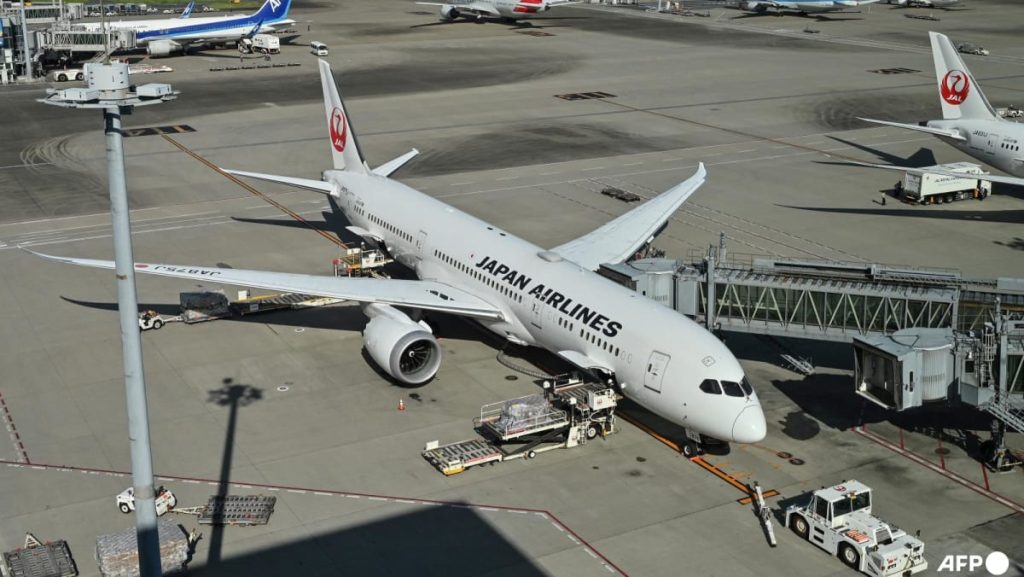On December 26, 2024, Japan Airlines (JAL), Japan’s second-largest airline, experienced a cyberattack that disrupted its baggage check-in system, leading to delays for over a dozen domestic and international flights at several Japanese airports. While the incident caused inconvenience and temporary suspension of ticket sales, it did not result in mass cancellations or significant disruptions to the overall flight schedule. JAL promptly addressed the issue, identifying the source of the disruption as a compromised router and isolating it to contain the damage. The airline confirmed the cyberattack and publicly apologized for the inconvenience caused to passengers. While JAL’s stock experienced a temporary dip following the news, it recovered slightly later in the day.
This incident highlights the increasing vulnerability of critical infrastructure, particularly in the transportation sector, to cyberattacks. While JAL successfully mitigated the impact of this attack, it serves as a reminder of the potential for such incidents to disrupt operations and cause significant financial and reputational damage. The attack on JAL is not an isolated incident. Several Japanese organizations, including government agencies and prominent businesses, have been targeted by cyberattacks in recent years, demonstrating the growing sophistication and pervasiveness of cyber threats.
The incident involving JAL follows a concerning trend of cyberattacks targeting Japanese organizations. In 2023, the Japan Aerospace Exploration Agency (JAXA) reported a suspected cyberattack, although no sensitive data related to rockets or satellites was compromised. The same year, the Port of Nagoya, a crucial hub for Japanese trade, was paralyzed by a ransomware attack attributed to LockBit, a Russia-based cybercriminal group. Even the National Center of Incident Readiness and Strategy for Cybersecurity (NISC), the very agency responsible for Japan’s cyber defenses, was reportedly infiltrated by hackers for an extended period.
These incidents underscore the escalating threat landscape and the need for robust cybersecurity measures across all sectors. The increasing reliance on interconnected systems and digital technologies creates vulnerabilities that can be exploited by malicious actors. The attack on JAL demonstrates that even well-established organizations with presumably strong security protocols can be targeted and disrupted. The incident calls for a renewed focus on cybersecurity preparedness and investment in advanced security technologies to mitigate the risks posed by increasingly sophisticated cyber threats.
Beyond the transportation and government sectors, other organizations in Japan have also fallen victim to cyberattacks. In 2022, a cyberattack targeting a supplier for Toyota Motor Corporation disrupted the automaker’s domestic operations, forcing the company to halt production for a day. This incident illustrated the interconnectedness of supply chains and the potential for cyberattacks to have cascading effects across multiple organizations. More recently, in June 2024, Niconico, a popular Japanese video-sharing website, experienced a large-scale cyberattack that forced it to suspend its services, highlighting the vulnerability of online platforms to disruption.
The increasing frequency and sophistication of cyberattacks against Japanese organizations necessitate a comprehensive and proactive approach to cybersecurity. This includes strengthening existing security protocols, investing in advanced threat detection and response capabilities, and fostering a culture of cybersecurity awareness within organizations. Furthermore, enhanced collaboration between the public and private sectors is crucial for sharing threat intelligence and coordinating responses to cyber incidents. The attack on JAL serves as a wake-up call for all organizations to prioritize cybersecurity and ensure they are adequately prepared to defend against evolving cyber threats. The incident underscores the need for continuous vigilance and investment in robust security measures to protect critical infrastructure and maintain business continuity in an increasingly interconnected world.

